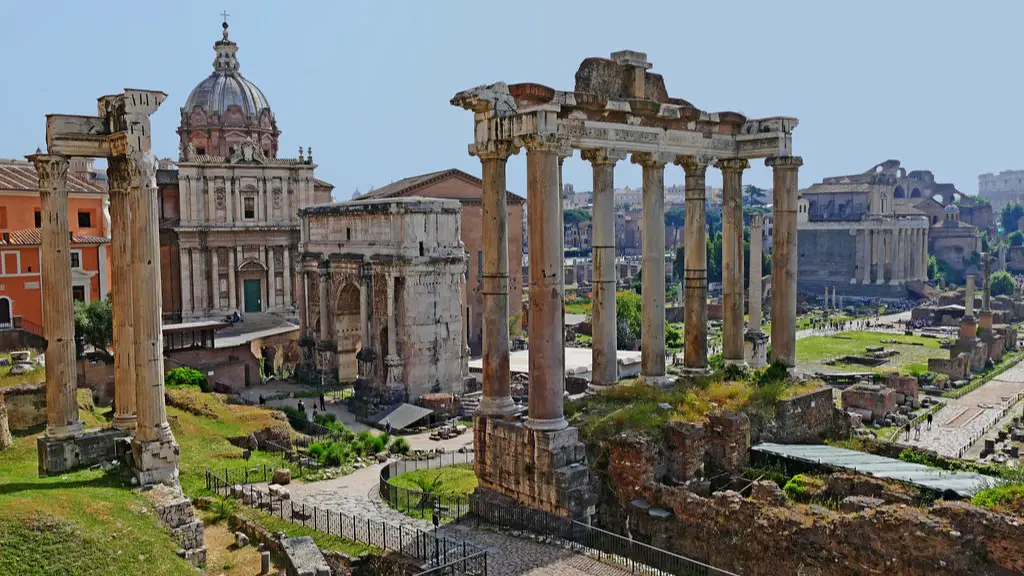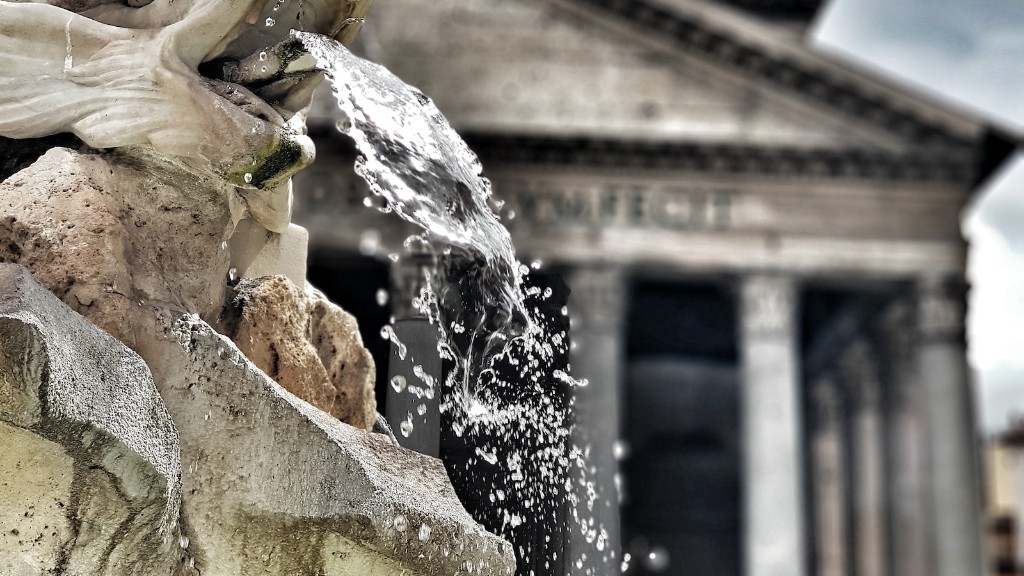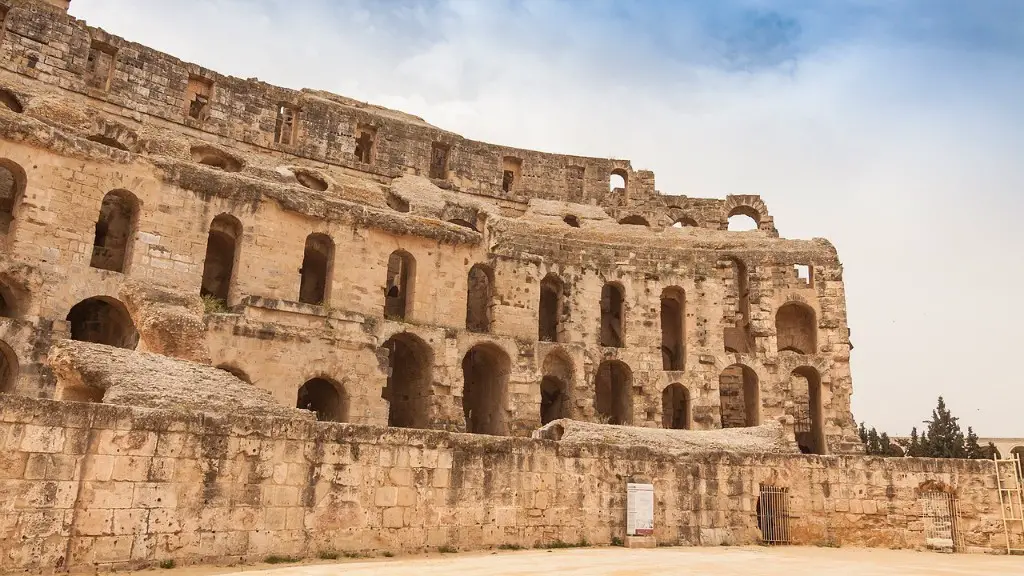Ancient Rome and pets – since the founding of the ancient city in 753BC, Rome’s influence has spanned many centuries. During this time, the inhabitants of Rome had access to many exotic and unusual animals which they kept as pets. But of all the possible pets that the Roman citizens could own, what was the most popular one?
When it comes to pets, they have played an important role in human history. There have been many humans throughout time who have kept pets for multiple reasons – from companionship and love, to as a display of wealth and status. One of the most important pet owners throughout history was Ancient Rome. They kept a variety of different animals as pets, from cats and dogs, to peacocks, monkeys and even lions. These pets were seen as valuable and were often used to show off the wealth of certain individuals. But of all the pets that were owned in Ancient Rome, which one was the most popular?
According to historians, one of the most popular types of pet in Ancient Rome were cats. Cats were considered to be graceful and elegant creatures, and as such they were owned by wealthy Roman families. In fact, cats were so popular that they were even represented in mosaics and sculptures across the city. They were also kept to keep the rodent population down, something which was essential to the aim of keeping Rome clean and healthy.
However, cats were not the only popular pet in Ancient Rome. Dogs were kept by many of the Roman citizens, and their loyalty and utility made them especially popular. They were often used to help with hunting, and their ability to guard homes made them invaluable to the Roman people. Dogs were also highly regarded for their intelligence, and it is believed that the Romans considered owning a dog to be a sign of prestige.
Another type of pet that was popular in Ancient Rome were birds. Animals such as parrots, owls and hawks were seen as symbols of prestige and grandeur, and they were often kept by the wealthy elite. Parrots were particularly fashionable amongst the Roman citizens, as they were considered to be exotic and beautiful. Birds such as parrots and owls were often kept as pets, but they were also used in entertainment such as bird-racing.
In conclusion, when it came to pets in Ancient Rome, there were a variety of animals that were owned. However, cats were arguably the most popular pet, due to their grace and elegance, and their ability to keep the rodent population down. Dogs were also popular, due to their loyalty and utility, and birds such as parrots, owls and hawks were seen as symbols of prestige.
Impact of Pets in Ancient Rome
Pets had a big impact on the ancient Roman society and culture, both for the wealthy elite, and for the general population. For the wealthy elite, pets provided them with a way to show off their wealth and position in society. Pets such as cats indicated grace and elegance; whereas idea of owning a dog was a sign of prestige and power. For the general population, owning and caring for pets provided some comfort and companionship, particularly if their lives were hard and gritty. In some cases, owning a pet or two provided them with a sense of accomplishment, and satisfaction.
However, there was also a negative aspect to keeping pets in ancient Rome. Pets were seen as expensive luxury goods, and as such, they were controlled and regulated by the government, to ensure that only certain people had access to them. This led to an unequal distribution of pets amongst the Roman population, and also resulted in some legally-enforced animal cruelty.
In addition, pets were subject to the whims of the aristocrats. If a pet was deemed unsatisfactory, or did not provide enough entertainment, it would be rejected and disposed of in rather cruel ways. This meant that not all pets in ancient Rome were well cared for, and could lead to unethical behaviour.
Overall, pets were an important part of the Roman society and culture. They provided comfort and companionship, as well as being a show of wealth and power. Unfortunately, for some pets, their role in ancient Rome was not always a positive one, and this could result in some cruel and unethical practices.
Conditions of Animal Care in Ancient Rome
The conditions of animal care in ancient Rome differed greatly between the wealthy elite and the general population. For the wealthy elite, their pets were often kept in grand estates, with lavish accommodations and lavish care. Pets were pampered, fed the finest foods and treated with the utmost respect. In some cases, pets were even assigned a full-time attendant to look after them and keep them entertained.
However, the conditions of pet care for the general population were much harsher. Pets were often kept in cramped living quarters, and did not receive anywhere near the same level of care and attention. Pets were often treated as disposable commodities, and not given the same respect that their wealthy counterparts enjoyed. This led to some serious animal cruelty, with pets being neglected, mistreated and even abused.
In addition, the laws governing animal care in Ancient Rome were quite strict. The laws were designed to ensure that the wealthy elite were able to maintain control over their prized pets, and to ensure that the general population did not keep exotic or dangerous animals. All pet owners were expected to possess licenses, and any neglect or cruelty was subject to harsh punishments.
Overall, the conditions of animal care in ancient Rome differed greatly between the wealthy elite and the general population. The wealthy elite were able to lavish their pets with money and attention, whereas the general population did not have these luxuries. In addition, the laws governing animal care in Ancient Rome were designed to maintain control over exotic and dangerous animals, and to discourage animal cruelty.
Perceptions of Animals in Ancient Rome
Animals have long been a part of human society, and their role in society has often been determined by their perceived status in society. In ancient Rome, animals were both admired and feared. They were viewed as symbols of power, grace and strength, and were also seen as creatures of danger and destruction.
For the wealthy elite, animals were seen as symbols of wealth and status. Those who owned exotic and unusual pets were seen as powerful and wealthy, and this was reflected in the large number of grand estates which housed these animals. Furthermore, animals such as cats were seen as symbols of grace and elegance, whilst dogs were viewed as symbols of loyalty and utility.
However, for the general population, animals were viewed as dangerous and unpredictable. In Ancient Rome, wild animals such as lions, tigers and bears were seen as creatures of destruction and death, and as a result, very few people owned them as pets. In addition, some animals were also viewed as unclean and unholy, such as pigs and snakes, and were thus avoided.
Overall, animals in ancient Rome had a variety of different meanings, depending on the status of the owner. For the wealthy elite, animals were seen as symbols of wealth and power, whilst for the general population, they were viewed as wild and unpredictable. Animals were also discriminated against in terms of cleanliness, with some animals being seen as unclean and unholy.
Controversies Surrounding Animal Treatment in Ancient Rome
The treatment of animals in ancient Rome was not always positive. In some cases, the privilege of owning a pet animal was abused, leading to the ill-treatment of innocent animals. In addition, the status of animals in Ancient Rome was not always equal, and there were some controversial practices surrounding the care and control of exotic animals.
One of the most controversial practices was the use of exotic animals as entertainment in theatres and arenas. Animals such as elephants and lions were often used as part of performances, and in some cases, they were even forced to fight one another. This was highly unpopular amongst the citizens of Rome, and there were many who campaigned against these practices.
In addition, exotic animals were also kept in menageries and private collections, which were places where they were not allowed to roam freely. These menageries were often seen as symbols of wealth, and the animals were ill-treated and abused in order to keep them in line. This was highly controversial amongst the Roman citizens, and again, many campaigned against this practice.
Overall, the issue of animal treatment in ancient Rome was highly controversial. Exotic animals were often abused for entertainment purposes, and kept in menageries for show. The Roman citizens were deeply divided on this issue, with many campaigning against the mistreatment of these vulnerable creatures.





